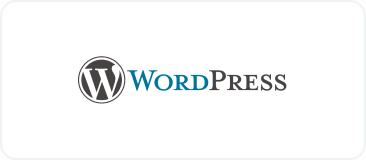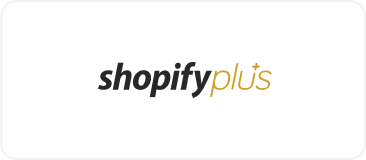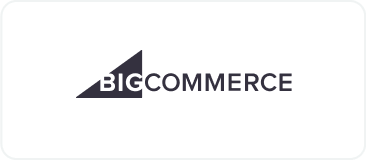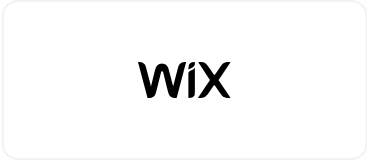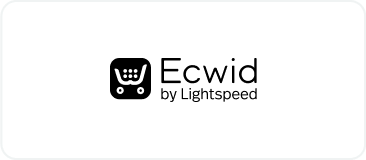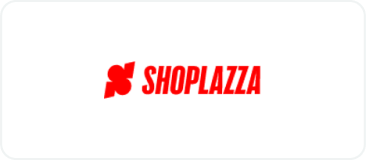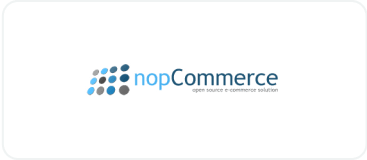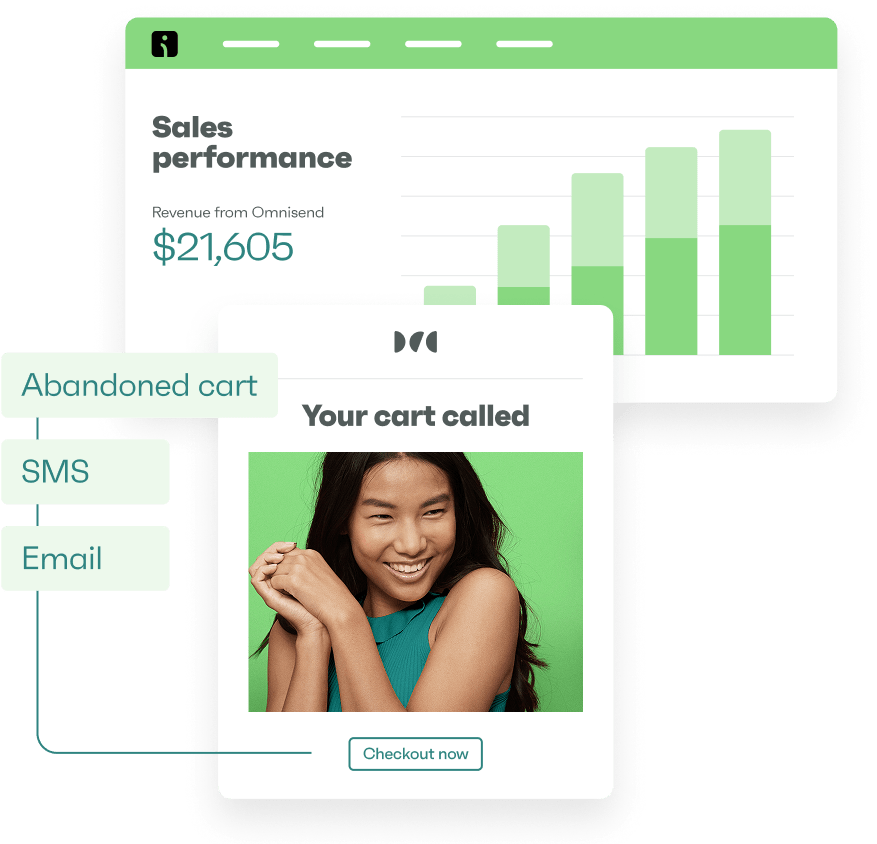Drive sales on autopilot with ecommerce-focused features
See FeaturesWondering how long should a newsletter be? The ideal length for a newsletter is typically around 200 words. But remember, the perfect length can change depending on who your readers are, what kind of newsletter you’re sending, and what you’re trying to achieve.
In this post, we’ll determine the best newsletter length for your needs. Whether you’re crafting a weekly update or a quarterly review, this guide will help you engage your readers without overwhelming them.
Quick sign up | No credit card required
How long should a newsletter be?
The perfect length for a newsletter really depends, but one study shows that emails with approximately 20 lines of text, or up to about 200 words, achieved the highest click-through rates. It’s a good idea to keep it short and sweet.
If a newsletter is too long, it can overwhelm readers and make them lose interest, while a super short one might not give enough useful information. Finding that sweet spot helps keep people informed and engaged.
Types of newsletters and their ideal lengths
Different types of newsletters often require different lengths based on their frequency and purpose. Let’s break down some common types:
Weekly newsletters
Weekly newsletters typically aim to provide quick updates or highlights. You want these to be concise, around 200 to 300 words. Readers appreciate brevity, especially when they’re busy.
In a weekly newsletter, consider including:
- A quick summary of recent events: Highlight the most relevant updates. These could pertain to your organization, industry trends, or community activities.
- Links to blog posts or articles: Links to your latest blog posts or relevant articles add value and encourage audience exploration. This develops a deeper engagement with your brand. Include a brief description for each link to entice readers to click through.
- Promotional content or offers: Promotions and special offers act as incentives for your audience to take action, be it making a purchase, signing up for an event, or taking advantage of a limited-time offer. By keeping it short and sweet, you maintain engagement while providing value.
Monthly newsletters
Monthly newsletters typically go a bit deeper, exploring more topics and details. Aim for around 400 to 600 words. You can add extra sections if you want, but try not to overwhelm your readers.
To keep your readers engaged, consider adding the following sections to your monthly newsletters:
- Featured articles: Include in-depth articles or stories that provide valuable insights or information. If you’re a nonprofit organization, for example, you can feature a success story or a detailed report on a recent project.
- Company news: Summarize key points or major updates at the beginning. This helps readers quickly grasp the most crucial information. For example, you can highlight significant achievements or upcoming events.
- Customer spotlights: Customer spotlights highlight client success stories and feedback, showcasing how your products or services positively impact their lives or businesses. This builds credibility and nurtures relationships by celebrating their achievements.
Quarterly newsletters
How long should a quarterly newsletter be? Well, these newsletters typically contain more content, ranging from 700 to 1,000 words. They are designed to provide a comprehensive overview of events from the last three months. These newsletters are perfect for diving deep into the details, reviewing what’s gone well, and sharing goals for what’s next.
Consider including the following sections in your quarterly newsletters to keep your audience engaged:
- In-depth articles: These articles allow you to explore complex issues, share expert insights, and educate your readers. This establishes your brand as a thought leader and a credible source of information.
- Case studies: Case studies highlight your organization’s successes, providing concrete evidence of your impact. They make the content more relatable and showcase the effectiveness of your strategies.
- Future plans or goals: Including a section dedicated to your company’s plans or goals enhances transparency and provides direction. It outlines what your audience can expect in the coming months while inviting them to engage with your journey.
Balancing depth with brevity in quarterly newsletters is important. While there’s a lot to cover, keeping each section short and to the point helps keep readers engaged. Instead of using long paragraphs, use bullet points for key achievements and upcoming events to make it easier for readers to skim the content.
Figuring out the best newsletter sizes depends on what your audience likes, so it’s a good idea to try out different formats and lengths to see what clicks with your readers.
One solid approach is A/B testing, where you split your subscriber list into different groups and try out newsletter campaigns of various lengths. By analyzing key metrics such as open rates, click-through rates, and time spent reading, you can identify which version resonates more with your readers.
This approach helps you optimize the length of your newsletters based on actual user behavior and preferences.
Newsletter content structure: the 3-2-1 format
Putting together an effective newsletter involves more than just curating great content. The format is equally vital in shaping how your audience engages with that information. Using the best newsletter formats can greatly enhance readability and keep subscribers motivated to take action.
One particularly effective strategy for crafting a concise and engaging newsletter is the 3-2-1 format. This structured approach not only streamlines your content but also provides a clear pathway for readers to follow, ensuring that they remain informed and interested.
Here’s how it works:
- Three key topics: Start with three key ideas or pieces of content. These could be articles, tips, updates, or stories relevant to your audience.
- Two supporting links or articles: Include two additional resources that relate to your main topics. You could include external articles, tools, downloadable content, or any other resources that add value to your readers.
- One call to action: Conclude with a clear call to action that invites readers to engage more deeply. Examples include visiting your blog, signing up for a webinar, or purchasing a product.
Here are some examples of the 3-2-1 format:
- For a B2B newsletter:
- Three key topics: Industry news, product updates, and client success stories
- Two featured articles: An in-depth analysis of market trends and a case study on a successful client partnership
- One call to action: A link to download a whitepaper
- For a non-profit newsletter:
- Three key topics: Recent events, upcoming volunteer opportunities, and donor spotlights
- Two featured articles: Impact stories showcasing how donations helped the community
- One call to action: A button to donate or volunteer
Best practices: number of items in a newsletter
Putting together a great email newsletter is all about finding that sweet spot between sharing useful information and keeping your readers interested. One crucial aspect is determining the ideal number of sections to include.
Here are some newsletter best practices to captivate your audience:
Limit the number of sections
Make your newsletter short and sweet so readers don’t get overloaded and can easily understand what you’re saying. A focused newsletter sustains reader interest and prompts engagement with the content.
Here are some guidelines:
- Weekly newsletters: Three to five sections. This keeps things manageable for your readers.
- Monthly newsletters: Aim for five to six sections, each focusing on a different aspect of your business or industry. This variety ensures that the newsletter is informative and engaging, catering to diverse reader interests.
- Quarterly newsletters: Six to eight sections. This allows for in-depth exploration without losing focus.
Prioritize quality over quantity
Focus on delivering high-quality content rather than trying to cover too many topics. Each section should provide valuable insights or updates that align with your newsletter’s goals.
Keep your newsletter content mostly educational — aim for 90% of it. The other 10% can be promotional, but try to keep that to a minimum.
Focus on sharing valuable and relevant information that your subscribers will actually appreciate. Unless you’ve got exciting news about your product, service, or company, skip the self-promotion most of the time.
Engage with visuals and calls to action (CTAs)
Incorporate engaging visuals and clear calls to action (CTAs) in each section. Visuals can break up text and make your newsletter more appealing, while CTAs guide your readers on what to do next.
You can also spice up your CTA with buttons or images. Just make sure to experiment with how you design it, what you say, and the wording to find out what really resonates with your audience.
Use Omnisend for optimal results
To create the best newsletters, consider using Omnisend. This powerful tool offers a range of features to help you design, automate, and optimize your email campaigns. With Omnisend’s free template gallery, you can easily create professional-looking newsletters that resonate with your audience.
Quick sign up | No credit card required
FAQ
The typical newsletter length should be up to 200 words, depending on its frequency and purpose. Keeping it concise can facilitate higher engagement rates.
The 3-2-1 format includes three key topics, two supporting articles or links, and one clear call to action. This structure keeps content focused and engaging.
Aim for three to five items in weekly newsletters, five to seven in monthly newsletters, and six to eight in quarterly newsletters. A limited number of topics helps maintain reader engagement and interest.
TABLE OF CONTENTS
TABLE OF CONTENTS


No fluff, no spam, no corporate filler. Just a friendly letter, twice a month.
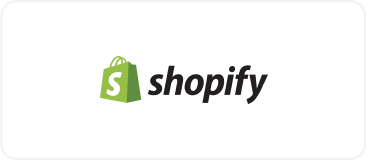
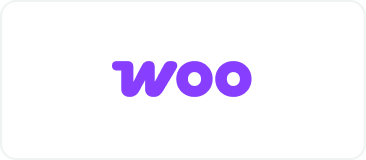 OFFER
OFFER
